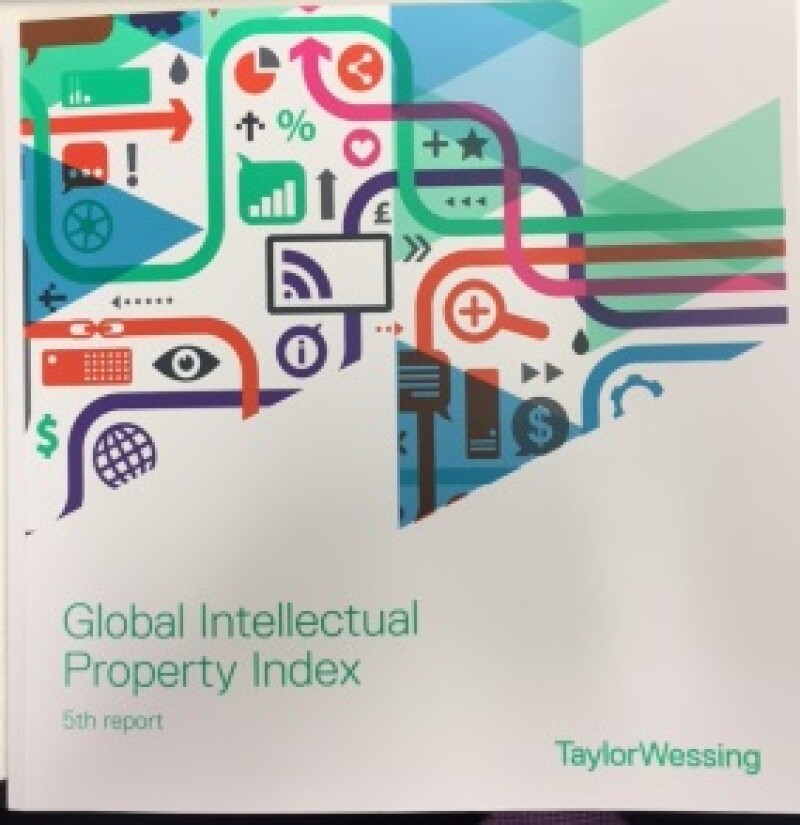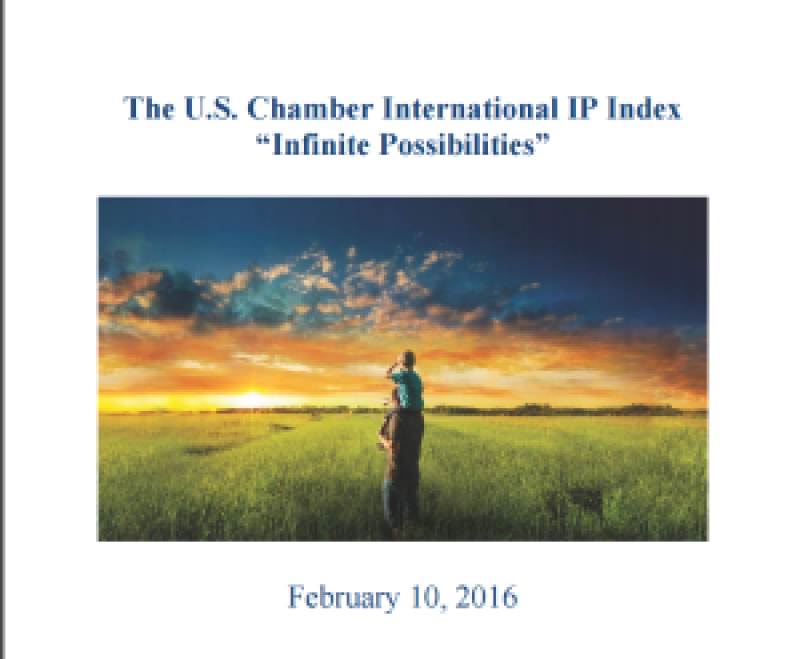
Congratulations or gefeliciteerd to all our friends in the Netherlands, ranked number 1 out of 43 jurisdictions in Taylor Wessing’s GIPI 5 report, the first time the country has achieved this honour. With a rating of 648 points, the Netherlands headed a European top three (Germany scored 646 points and the UK 643). Commiserations, though, to those in the US, which dropped a whopping 14 places to 24th, with just 597 points. That puts it level with Chile and behind Canada, two countries that are listed on the USTR’s latest Special 301 Report Priority Watch List and Watch List respectively.
The US is also ranked behind jurisdictions such as South Africa, Poland, Hungary, Israel and Malaysia.
The low ranking for the US is surprising. At first, I assumed it reflected concerns about patent protection and decisions such as Alice. But closer analysis suggests otherwise: the US actually ranked higher for patents (10th=) than in the other categories (trade mark, copyright, design and data protection).
It’s all the more surprising as another recently published study had a very different result. In its fourth edition of the International IP Index, the US Chamber of Commerce Global IP Center (GIPC) scored the US as the number one environment for IP out of 38 economies studied, with a score of 28.61 out of 30. The UK was second and Germany third. Regrettably, we don’t know how the Netherlands would have fared: it was not included in the GIPC report this year.
Top-down and bottom-up

There’s lots worth reading in both studies, but it’s the divergence in the US ranking that is of most interest.
You might put it down to home advantage: the European-based Taylor Wessing index favours European jurisdictions, while the US Chamber of Commerce unsurprisingly prefers the US (the clue is in the name). But this would be a simplification.
Instead, it’s worth considering the methodologies of the two indexes. Put starkly, I would describe the GIPC study as top-down, and Taylor Wessing’s as bottom-up.
The GIPC study scores each economy based on a number of legal and economic factors in six categories (patents, copyrights, trade marks, trade secrets, enforcement and international treaties). These include elements such as what protection is provided, rates of counterfeiting and the availability of remedies.
Taylor Wessing’s index however is based on some 8,500 online assessments completed by IP owners and users. These are weighted based on data from 50 “instrumental factors”, which include everything from published studies on regulation, corruption and judicial independence to IP filing figures and royalty values.
Both approaches can of course be criticised. You might say that GIPC’s conclusions are skewed because it includes factors, such as regulatory data protection and DRM legislation, which favour the US, rather than others (say, protection for designs or geographical indications) that other countries might consider important. On the other hand, Taylor Wessing’s depends greatly on who fills in its assessments and what their experiences have been (though I understand there are measures to even the playing field).

But there is a lot of value in both reports, and even more when they are contrasted. Consider these similarities and differences:
Germany, the UK, Sweden, Singapore and Australia feature in the top 10 in both rankings.
France and Japan both rank higher in GIPC (4th and 9th respectively) than in TW (12th and 14th).
A number of emerging economies rank higher in GIPC than in TW. These include Taiwan (16th v 41st), Colombia (19th v 30th =), Russia (20th v 30th =), China (22nd v 39th), and UAE (22nd v 33rd).
Some score poorly in both reports: India is 40th out of 43 in TW, and 37th out of 38 in GIPC, and Vietnam is 35th in both.
The US rates particularly poorly for “cost-effectiveness” in TW (26th in patents, 42nd in trade marks and copyright and 43rd in designs).
If I’m right to characterise GIPC as top-down (admittedly with a US flavour) and TW as bottom-up, then read together they provide an interesting illustration of the difference between how IP regimes measure up on paper and how they are perceived in practice. In particular, they show that having laws on the statute is not the same as having predictable, accessible and efficient means of securing protection and access to justice.
That may be a lesson for emerging markets. It may also be something that rings true in the US.
Impact of indexes
Of course, you might say that both these reports are cynical attempts to gain publicity, and should not be taken seriously. Fair enough, but bear in mind that such studies are used and cited by lobbyists and politicians as they debate future IP policies and how to attract innovation.
As the UK’s IP minister Baroness Neville-Rolfe said on the publication of Taylor Wessing’s report (which ranked the UK number one for patents): “This result is testimony to the government’s commitment to make the UK the best place to patent … Movements elsewhere in the Global IP index are valuable in focusing our efforts as some laws change and as we strive to do a good job for business in an increasingly knowledge based and digital economy."
If there’s one lesson for policy makers, it may be that efforts to reform laws and sign international treaties are of limited value unless accompanied by well-funded and open IP offices, knowledgeable and fair judges (whose rulings are promptly and easily available) and legal advisers who are both smart and reasonably priced. If you can somehow manage to combine all of those, you’ve got it made!









